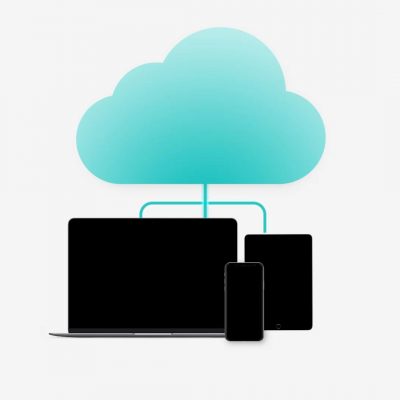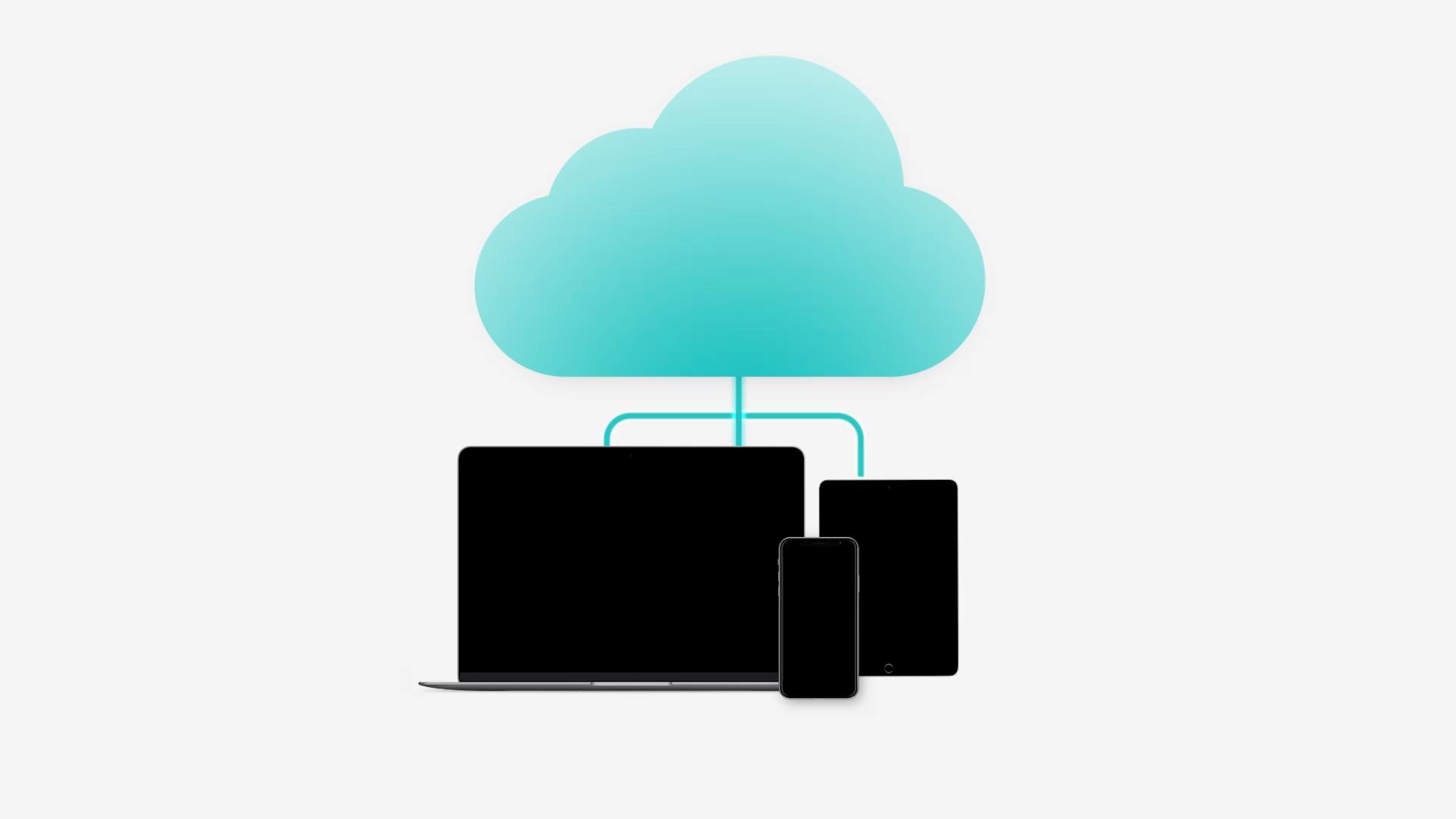Table of Contents
Table of Contents
In today’s fast-paced retail environment, staying informed about your business metrics is crucial. Push notifications for retail industry professionals can help. Introducing Solink’s innovative solution: Threshold Notifications.
What are push notifications?
Push notifications are alerts sent directly to a user’s mobile device or computer. These instant notifications keep users informed about real-time events, updates, or important metrics. Unlike traditional messages or emails that require opening an app or program, push notifications appear immediately on the screen, ensuring timely awareness.

Where should you get push notifications?
The beauty of push notifications lies in their accessibility. Whether you’re on the go with your mobile device or working on your laptop, receiving real-time updates about your retail metrics is essential. The 24/7 access to this data provides peace of mind. Knowing your business is on track, no matter where you are, truly makes for better sleep.
Solink’s Threshold Notifications epitomizes this, offering proactive alerts tailored to your needs. And, if you prefer not to be notified in real-time, you can always pause them or incorporate them into your Solink Daily Digest email to be read the next morning.
Which metrics should you monitor with real-time alerts?
In the retail industry, several key metrics can provide insights into the health and efficiency of your business. Monitoring these in real time ensures you’re always on top of potential issues or successes.
Here are some retail metrics push notifications you should set up today:
- Sales
- Speed of service
- Void transactions
- Manager discounts
- Customer footfalls
- Return rate
- Checkout wait times
- Average transaction value
- Sales per hour (SPH)
- Items per transaction
- Sales by category or department
Sales
Sales form the foundation of every retail business. It’s a direct reflection of customer demand, preferences, and business strategy alignment. Sales metrics, therefore, offer a pulse check on the health of the business. Imagine if sales dramatically drop during a typically high-selling season or surge during a typically slow period.
Such anomalies can be indicative of various factors: maybe a marketing campaign took off, or perhaps there’s an external factor affecting customer purchasing behavior. Having real-time insights into these shifts is vital. It allows retailers to adjust marketing strategies, optimize inventory, and make informed staffing decisions, ensuring business continuity and profitability.
Speed of service
In a world where time is money, the speed of service in the retail industry can be the difference between a returning customer and a lost one. This is especially pronounced for businesses like quick service restaurants or cafes. If a customer waits too long, their overall experience diminishes, which could result in lost future sales or negative reviews.
Monitoring service times in real-time offers insights into potential bottlenecks. Is there a need for more efficient equipment? Could staff benefit from further training? Timely interventions, prompted by real-time data, can enhance the customer experience, driving loyalty and repeat business.
Void transactions
Every void transaction might seem like a simple operational occurrence, but in the aggregate, they paint a story. A sudden spike in these can raise alarms. It could be indicative of POS system issues, employee training gaps, or even dishonest practices.
For instance, an employee might void transactions to give away products to friends or pocket the money. Alternatively, frequent voids might signal that a new product is confusing to ring up, requiring further training. By receiving instant notifications of unusual patterns in void transactions, retailers can dive deep into the issue, ensuring losses are minimized.
Manager discounts
Manager discounts, while a legitimate tool for customer service recovery or promotional purposes, can also be a vulnerability. For instance, a sudden increase in manager discounts might mean that employees are providing undue favors, or it could indicate that a product has recurring defects, leading to frequent customer complaints.
Tracking this metric ensures that discounts serve their purpose in building customer relationships, without undermining the business’s bottom line.
Customer footfalls
In the retail landscape, every customer that steps into the store is an opportunity. Tracking customer footfalls with existing cameras in the Solink app provides insights into store popularity, effectiveness of window displays, and overall store appeal.
A sudden drop in footfall might signal external issues, like construction obstructing store entrance, or internal ones like unappealing displays. Conversely, a surge in footfalls might be due to a successful local marketing campaign or a trending product. By staying informed, retailers can optimize their in-store strategies to maximize conversions.
Return rate
Returns are a part of retail, but a high return rate can be worrisome. It can indicate product quality issues, misleading advertising, misalignment with customer expectations, or even organized retail theft.
Tracking return rates in real time ensures that retailers can address potential issues before they snowball. Maybe a product batch has defects, or perhaps store associates need better training to explain product features. Swift action can reduce future returns and enhance customer trust.
Checkout wait times
The last touchpoint in the store for customers is often the checkout. A smooth, swift checkout process leaves a lasting positive impression. However, long wait times can sour the entire shopping experience, even if everything else was perfect. Monitoring wait times can provide insights into staffing needs, checkout efficiency, and potential process improvements.
For instance, if wait times increase during lunch hours, maybe an express checkout line could be introduced. Being proactive with this metric ensures that customers leave the store with a smile, increasing the likelihood of return visits.
Average transaction value (ATV)
Average transaction value (ATV) is a critical metric that measures the average amount customers spend during each transaction. It’s derived by dividing the total revenue by the number of transactions over a specific period. Monitoring the ATV can provide invaluable insights into consumer behavior and spending patterns.
For example, a rising ATV might indicate that promotional strategies, like upselling or bundling, are working effectively. Conversely, a declining ATV may signal that customers are buying fewer items or opting for less expensive products.
Adjusting product placements, offering special deals, or even tweaking pricing strategies can be strategies to impact this metric. In a retail setting, it’s essential to know not only how many transactions occur but also the quality or value of each transaction.
Sales per hour (SPH)
Sales per hour (SPH) is a vital indicator for assessing store performance, especially when looking to optimize staffing levels. By breaking down sales data on an hourly basis, retailers can identify peak sales times and potential lulls.
For instance, if a store observes higher sales during lunch hours and evenings, it might consider scheduling more staff during these times to handle the increased customer flow. On the other hand, during slower hours, staff training or restocking activities could be planned. SPH not only helps in efficient resource allocation but also ensures that customer service quality is maintained during high demand times.
Items per transaction
The Items per transaction metric provides an understanding of the average number of items that customers purchase in a single visit. It’s a window into shopping behaviors, allowing retailers to gauge the effectiveness of cross-selling and upselling strategies.
For instance, if a clothing retailer observes an increase in this metric after introducing a “buy one, get one at 50% off” promotion, it indicates that the promotion is successfully encouraging customers to purchase more. Conversely, if this number decreases, it might point to missed opportunities in cross-selling or the need to revisit product bundling strategies. Keeping a close eye on this metric can guide retailers in tailoring promotions that encourage customers to add more items to their shopping carts.
Sales by category or department
Breaking down the sales data by product category or department is vital for a granular understanding of what’s driving the business’s revenue. The sales by category or department metric allows retailers to see which areas of their store are the most lucrative and which might need a boost.
For instance, a department store might find that their electronics section consistently outperforms their home goods section. Armed with this knowledge, the store can allocate more floor space or marketing resources to electronics, or they can launch promotions to boost sales in the home goods department.
Sudden shifts might even indicate a faulty piece of equipment, or that an employee isn’t helping patrons in that specific area of the store. Push notifications gives retailers the ability to make changes on the fly to rectify these issues.
Regularly analyzing sales by category can also inform inventory decisions, ensuring that popular items are always in stock. Moreover, it helps in adjusting marketing efforts towards products or departments that resonate most with the customers.
Solink Threshold Notifications provide push notifications for retail industry professionals
Push notifications have revolutionized the way retail industry professionals monitor their business. These real-time alerts, especially when tailored to specific metrics, empower decision-makers to act swiftly and decisively.
Solink’s Threshold Notifications stand out in this domain, providing retailers with a tool that’s not just about monitoring metrics but understanding them. Get push notifications when your retail metrics are outside your comfort zone, ensuring that you’re always in control, proactive, and informed. With Solink at your side, your retail business is set for success.
To see how Solink push notifications can help your business, sign up for a demo today.

